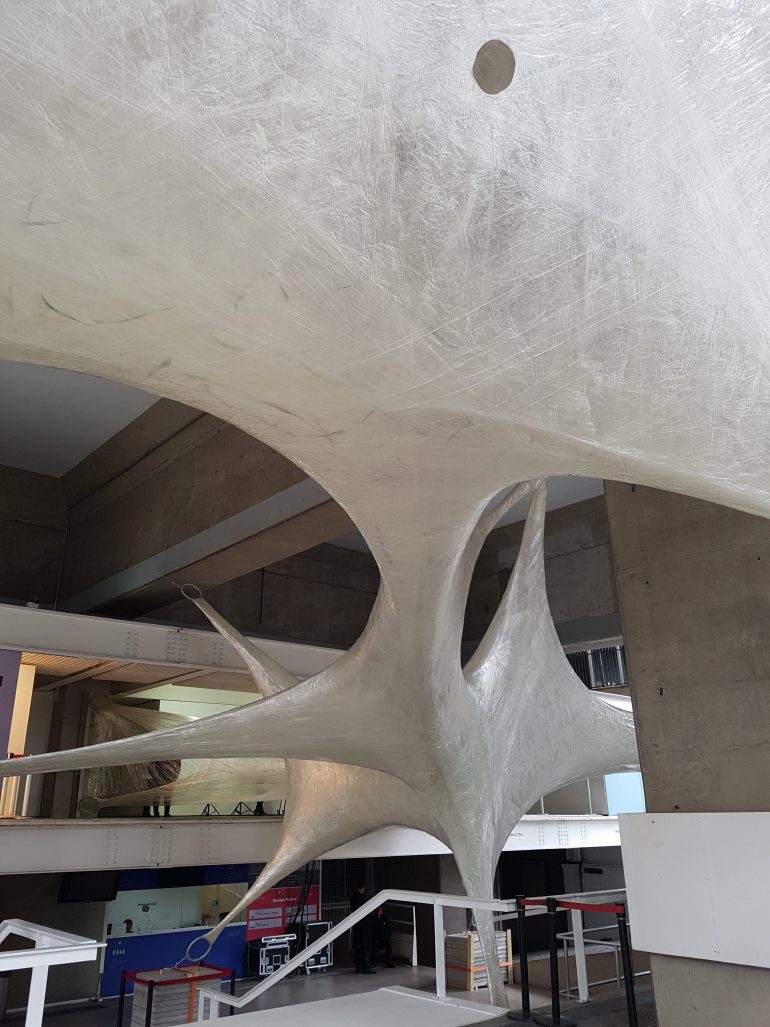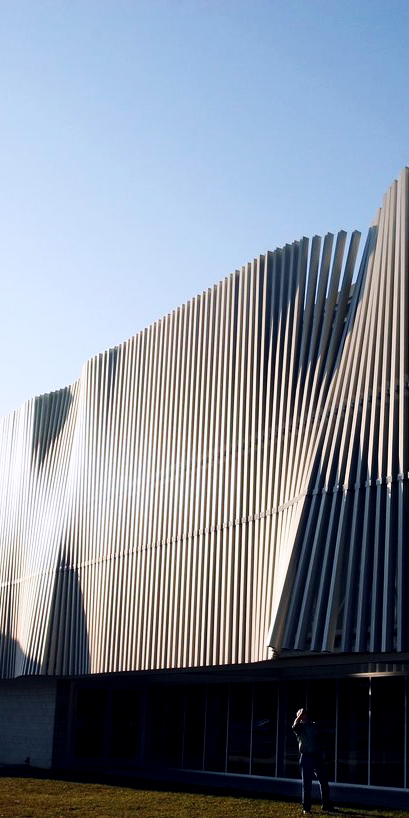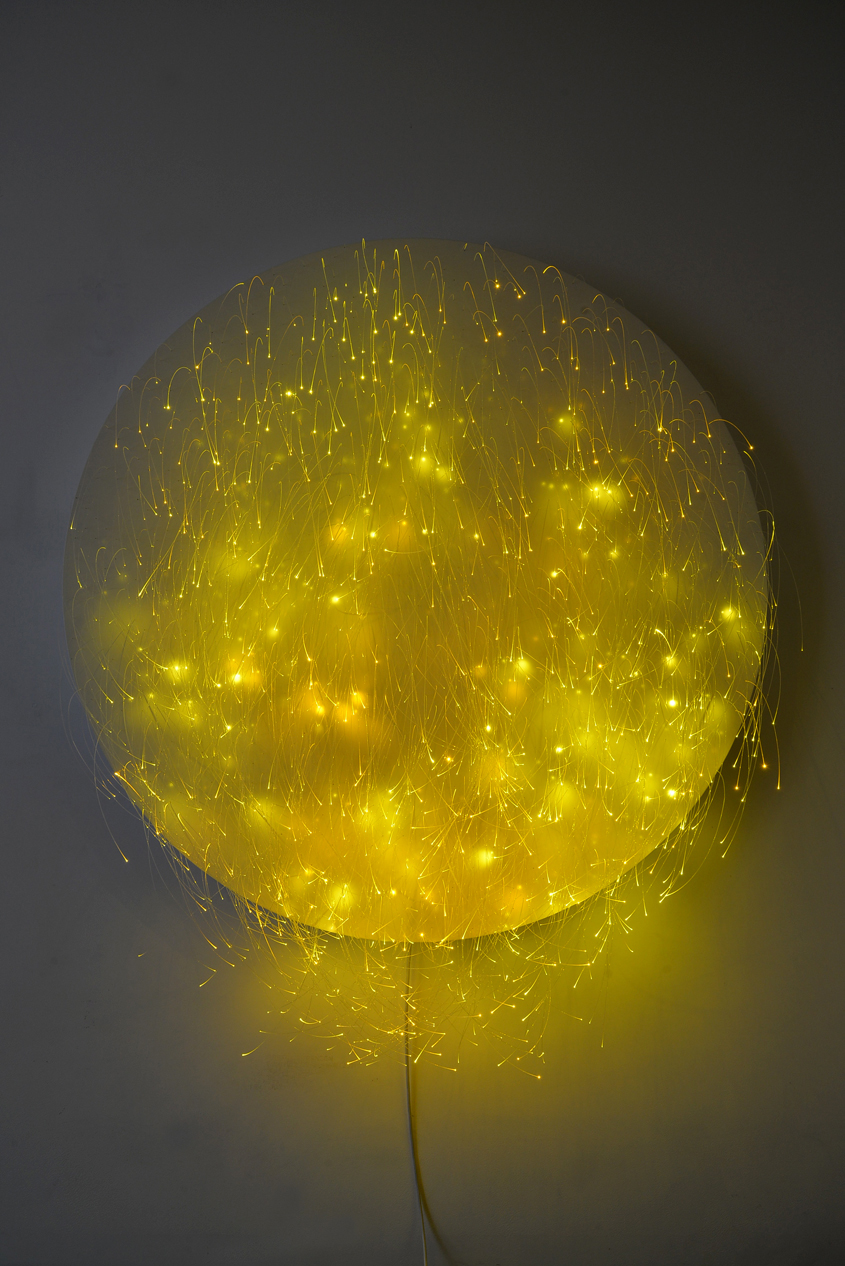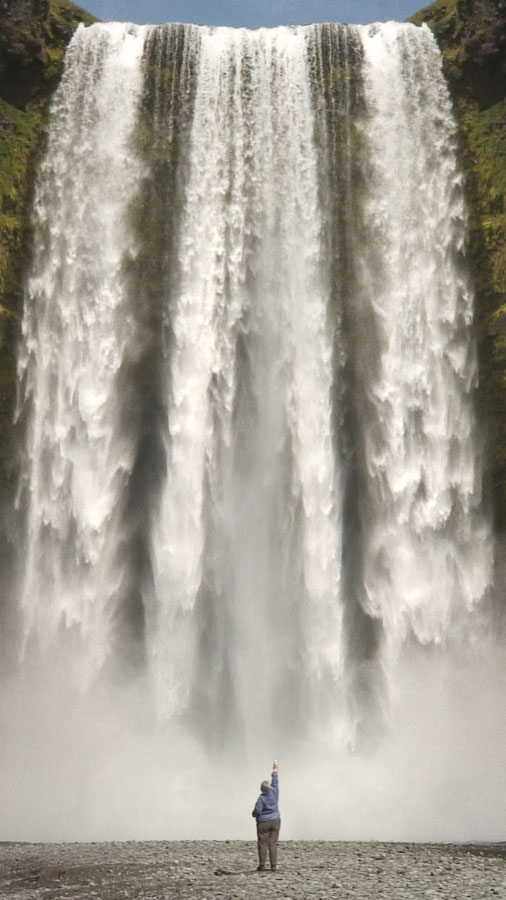АРВО ПЯРТ
Silentium
Tabula Rasa – II.
The second movement of Tabula Rasa, “Silentium,” or silence, is composed in the key of D minor, giving the impression of a V-I cadence in relation to “Ludus” in A minor. The movement begins with an arpeggiated D minor second inversion chord, played by the prepared piano. “Silentium” expands as a mensuration canon. Pärt divides the instruments into three sections; solo violins, violin I and violin II, and viola and cello. Each pair, divided into melodic and tintinnabuli voices, begin on a central pitch, and move at a different rhythmic speeds. Pärt expands the music by adding one pitch above and below the central pitch of each pair in each successive section. Every time the solo violins reach their central pitch, “D,” the piano again plays a D minor chord and the contrabass plays an octave “D.” Once each of the sections reach their expanded octave range, they fade out of the texture. The solo violins, moving at the slowest rhythmic speed, reach their octave span in measure 130, and then begin a downward descent of a D minor four-octave scale.









